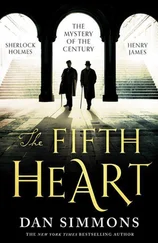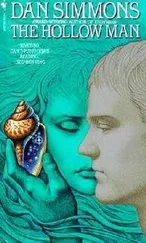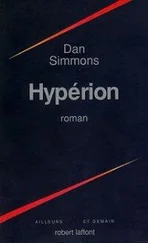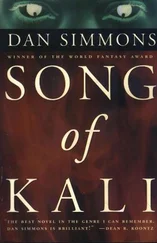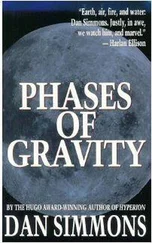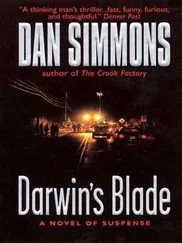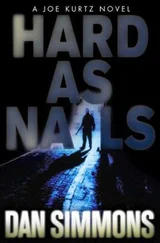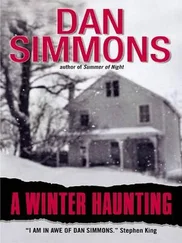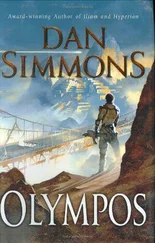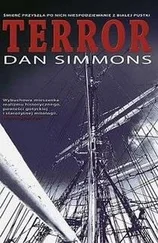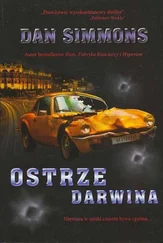After our performance, the delighted Queen invited Dickens to come forth to accept her thanks.
He refused.
The reason he sent this time—“I could not appear before Her Majesty tired and hot, with the paint still upon my face.”
Actually, of course, it was more than the actors’ paint that kept Dickens from allowing himself to be presented to Her Majesty and her guests. You see, our romantic farce of Uncle John had left Dickens in his Uncle John costume of a floppy dressing gown, a silly wig, and a red nose. There was no way on earth that Charles Dickens, one of the proudest and most self-conscious men who ever lived, was going to allow himself to be introduced to Queen Victoria in that regalia.
Once again, the Queen politely gave way.
We offered two more performances of The Frozen Deep at the Gallery of Illustration, but though the play once again met with wild enthusiasm and ecstatic reviews from everyone who attended and its receipts accounted for the vast majority of the money raised for the Jerrold family fund, we still fell short of the £2,000 goal.
John Dean, manager of the Great Manchester Art Exhibition, had been pressing Dickens to perform The Frozen Deep at that city’s New Free Trade Hall, and—unwilling to end up with anything less than the full £2,000 he had promised the Jerrolds—Dickens immediately went up to Manchester to do a reading of A Christmas Carol there and to inspect the hall, which could easily hold two thousand people.
He decided at once that it would be a perfect venue for the play but that it was simply too large for the meagre acting skills of his daughters and sister-in-law Georgina, all of whom had central roles. (It never occurred to Charles Dickens that he might not be up to the professional requirements of such a huge hall and such large audiences. Dickens knew from experience that he could master crowds of three thousand and more with his magnetic influence.)
He would need to hire and rehearse some professional actresses. (Mark Lemon, Dickens’s son Charley, and I were allowed to stay in the troupe, but the Inimitable began rehearsing us all as if we had never performed the play before.)
Alfred Wigan, manager of the Olympic Theatre, suggested to Dickens two promising young actresses whom he had recently hired for his theatre—Fanny and Maria Ternan—and with Dickens’s rapid approval (he and I had already seen both of these Ternan girls, their younger sister, and veteran-actress mother perform in other plays), Wigan approached them to see if they would be interested in appearing in The Frozen Deep. They were eager to do so.
Wigan then suggested to Dickens that he might also consider the young women’s mother, Frances Eleanor Ternan, as well as the youngest and least impressive member of the acting family—just eighteen—a certain Ellen Lawless Ternan.
And thus Charles Dickens’s life changed forever.
AFTER LEAVING THE CHARING CROSS HOTEL I took a hackney cab part of the way home and decided to walk the rest of the way, stopping for supper at a club to which I did not then belong but at which I had guest privileges.
I was angry. That impertinent young Dickenson whelp with his “You are so fortunate to have someone like Mr Dickens as your mentor and editor…” had put me in a foul mood.
When, five years earlier in late summer of 1860, my novel The Woman in White had begun appearing in All the Year Round the week that Dickens’s A Tale of Two Cities concluded (and I should note to you, Dear Reader, that Dickens’s character of Sydney Carton had been taken most liberally from my selfless and self-sacrificing character of Richard Wardour in The Frozen Deep —why, Dickens even said as much, allowing that the Carton character and idea of Tale of Two Cities had come to him during the last performance of The Frozen Deep while he lay on the floorboards with Maria Ternan’s—the new Clara Burnham—real tears soaking his face and beard and ragged clothes, to the point that he had to whisper to her—“My dear child, it will be over in two minutes. Pray compose yourself!”)…
Where was I?
Oh, yes, when The Woman in White appeared in eight-months’ serialisation in Dickens’s new weekly magazine—and appearing to tremendous interest and acclaim, I might modestly add—there was much idle chatter and some small written comment to the effect that I, Wilkie Collins, had learned my craft from Charles Dickens and honed my skills under the tutelage of Charles Dickens and had even borrowed my narrative styles from Charles Dickens. It was said that I lacked Dickens’s depths and whispered in certain quarters that I was “incapable of character-painting.”
This, of course, was pure nonsense.
Dickens himself had written me a note after first reading my manuscript in which he said that it was “a great advance on all your former writing, and most especially in respect of tenderness… in character it is excellent.… No one else could have done it half so well. I have stopped in every chapter to notice some instance of ingenuity, or some happy turn of writing.”
But then, of course, Dickens… being Dickens… ruined the effect by adding that he must “always contest your disposition to give an audience credit for nothing, which necessarily involves the forcing of points on their attention.”
One might have responded that Charles Dickens invariably gave his audiences credit for too much and, through his self-indulgent flights of impenetrable fantasy and unnecessary subtlety, left far too many ordinary readers lost in the thick forest of Dickensian prose.
To be honest with you, Dear Reader who lives and breathes in such a remote branch of my future that no hint of my candour could possibly get back to anyone who loved Charles Dickens, I am… was… almost certainly always shall be… ten times the architect of plot that Charles Dickens ever was. For Dickens, plot was something that might incidentally grow from his marionette-machinations of bizarre characters; should his weekly sales begin slipping in one of his innumerable serialised tales, he would just march in more silly characters and have them strut and perform for the gullible reader, as easily as he banished poor Martin Chuzzlewit to the United States to pump up his (Dickens’s) readership.
My plots are subtle in ways that Charles Dickens could never fully perceive, much less manage in his own obvious (to any discerning reader) meandering machinations of haphazard plotting and self-indulgent asides.
Impudent and ignorant people, such as this orphan-whelp Edmond Dickenson, were always saying that I was constantly “learning from Charles Dickens,” but the truth is quite the opposite. Dickens himself admitted, as I have mentioned earlier, that his idea for self-sacrificing Sydney Carton in A Tale of Two Cities had come from my character of Richard Wardour in The Frozen Deep. And what was his “old woman in white” in Great Expectations, the much-ballyhooed Miss Haversham, if not a direct steal from my central character in The Woman in White ?
I SETTLED DOWN to my solitary meal. I enjoyed coming to this club because of how the chef here prepared lark pudding, which I considered one of the four great works produced by my present age. Tonight I decided to dine relatively lightly and ordered two types of pâté, soup, some sweet lobsters, a bottle of dry champagne, a leg of mutton stuffed with oysters and minced onions, two orders of asparagus, some braised beef, a bit of dressed crab, and a side of eggs.
While enjoying this modest repast at my leisure, I recalled that one of the few things I had ever liked about Dickens’s wife was her cooking—or at least the cooking she oversaw at Tavistock House, since I had never seen the woman actually don an apron or lift a ladle. Years ago Catherine Dickens had (under the name Lady Maria Clutterbuck) brought out a volume of recipes, based on what she served regularly at their home at Devonshire Terrace, in a book called What Shall We Have for Dinner? Most of her choices were to my liking—and many were visible on my table here this evening, although not in such plentitude or with an equal glory of gravies (I consider most cooking as simply a prelude to gravies)—as her tastes had also run towards lobsters, large legs of mutton, heavy beefs, and elaborate desserts. There were so many variations of toasted cheese in Catherine’s volume of recipes that one reviewer commented— “No man could possibly survive the consumption of such frequent toasted cheese.”
Читать дальше

